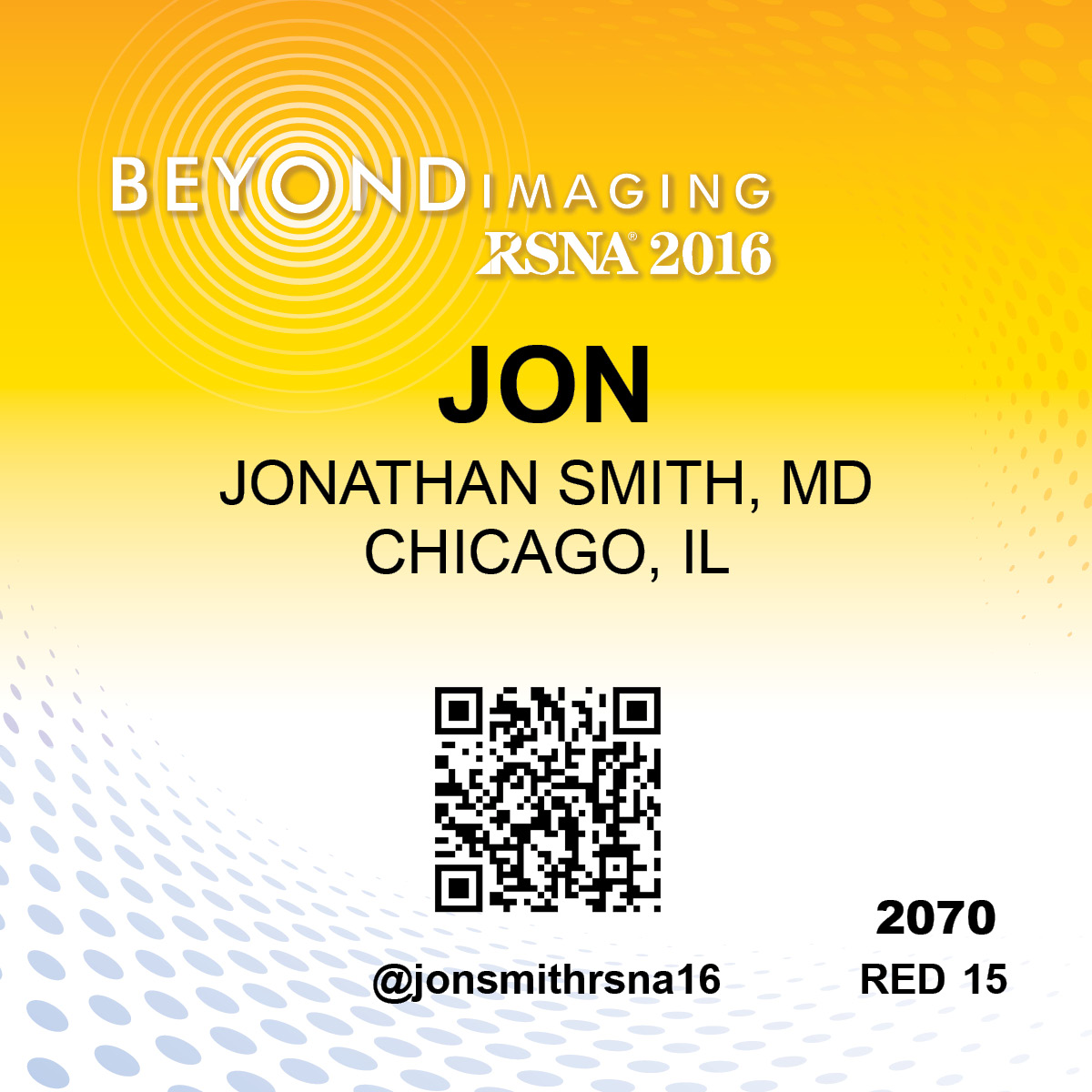3-D Scoliotic Spine Model Aids Pre-Surgical Planning in 8-Year-Old Girl
Thursday, Dec. 01, 2016
A 3-D model of an 8-year-old girl's scoliotic spine proved so helpful in pre-surgical planning that surgeons used it in the operating room to help guide a complex — and ultimately successful — multi-stage procedure.

Javin Schefflein, MD
The patient, an orphan from Armenia — a country without advanced medical care — had a severe rotatory kyphoscoliosis, multilevel malsegmentations of the vertebrae and ribs, and Type I diastematomyelia, or "split cord syndrome."
While routine 3-D reconstruction couldn't adequately display all of the anomalies, presenter Javin Schefflein, MD, on Wednesday outlined production methods for 3-D printed models created at New York's Mount Sinai Hospital. "We contacted the neurosurgery team who were excited at the prospect of generating a precise physical model to help visualize the pathology and plan surgery."
On-site 3-D printing can be a boon for numerous medical applications, but producing complex models needs to be a group effort among radiologists, engineers, surgeons and computer scientists.
"The collaborative nature of this endeavor cannot be overstated," Dr. Schefflein said. "Each member of the team contributes to every pre-operative 3-D printing project we work on. The uses for this technology are boundless, and every time we have added a different discipline to our modeling collective, a new purpose has emerged."
The model was used to plan a two-stage surgery involving T12-L2 laminectomy, resection of the midline bony spur at L1, intradural exploration to de-tether the spinal cord, asymmetric pedicle subtraction osteotomy at T1-L1 to straighten the curvatures and long-segment posterior fusion with instrumentation from T2-L5. The model was also used during the surgery to help surgeons visualize steps in the procedure.
Mount Sinai has an on-site dedicated 3-D printing lab. The first step was to obtain CT images of the full spinal column and proximal ribs. Initial seeding for the segmentation was completed via high-contrast thresholding of the image. A connected component growth model with origins from the seed mask completed the rough mask of all the bony components.
The model was refined using a low-propagation level-set model. Geometry-preserving Taubin smoothing followed by quadratic edge collapse decimation yielded the final model, which was printed at life size with a gypsum powder-based 3-D printer. The finished model had weight and texture very similar to bone.

(Click to enlarge) Researchers created a 3-D anatomic model printed life-size (right).
Human Intervention Still Needed
Even with advanced software, some human intervention was needed to tweak the instructions for producing the final model, Dr. Schefflein said.
"Our neuroradiologists worked hand in hand with the neurosurgery department to define what should be included in the print, which was then explained to the computer engineering arm of the modeling group," he said.
Surgeons planned the procedure by physically rotating the printed model to see the interconnections among fused ribs, fused vertebrae and anterior and posterior attachments of the bone spur, as well as the relationships of all the spinal curves to the plane of the pelvis. As the child underwent the two-stage surgery, a member of the surgical staff held up and manipulated the model so the surgeon could "visualize" the portions of the spinal anatomy that weren't visible at a given point in the procedure.
The operation, according to Dr. Schefflein, was a complete success.
In terms of creating the model itself, the process took more than 10 hours including scanning (10 minutes), segmenting (three hours), printing (five hours) and drying/hardening time (two to three hours), and it cost about $710.
"The materials and labor were cheaper than we expected, though the start-up cost for accurate modeling can be daunting," Dr. Schefflien said. Mount Sinai's printer alone cost about $60,000.
Finding a workable payment policy is the key to spurring adoption, Dr. Schefflien said. So far, surgery teams pay for the models generated at Mount Sinai, but that option isn't sustainable. Paradoxically, there are already billing codes covering models produced by outside contractors, and Dr. Schefflein urged radiologists to press for a code for in-house models. "It's not a drastic change," he said.




 Home
Home Program
Program Exhibitors
Exhibitors My Meeting
My Meeting
 Virtual
Virtual Digital Posters
Digital Posters Case of Day
Case of Day

